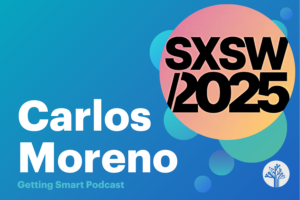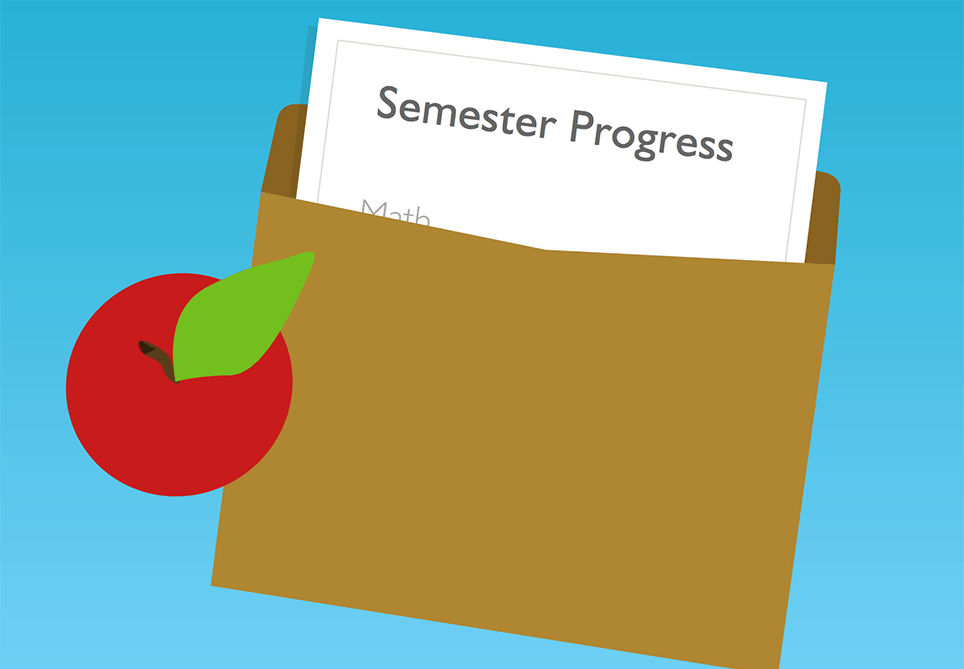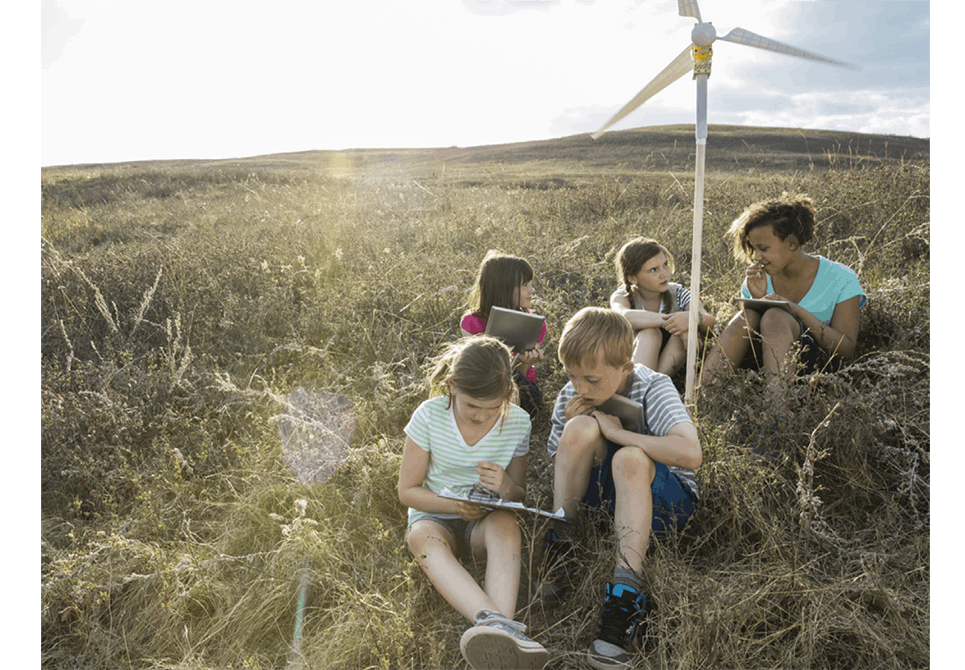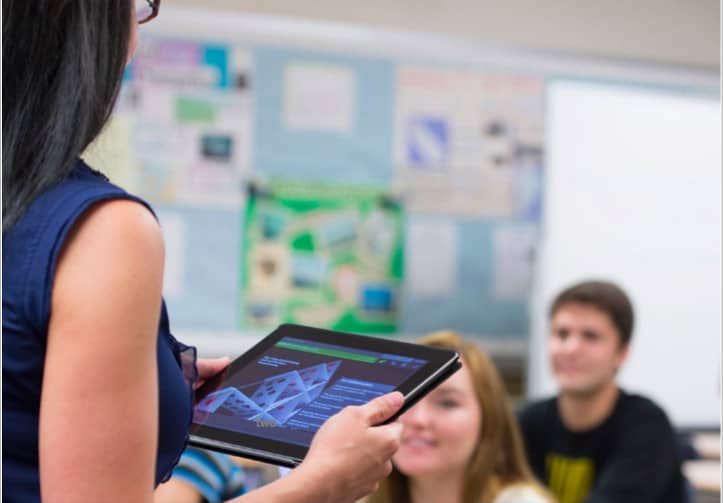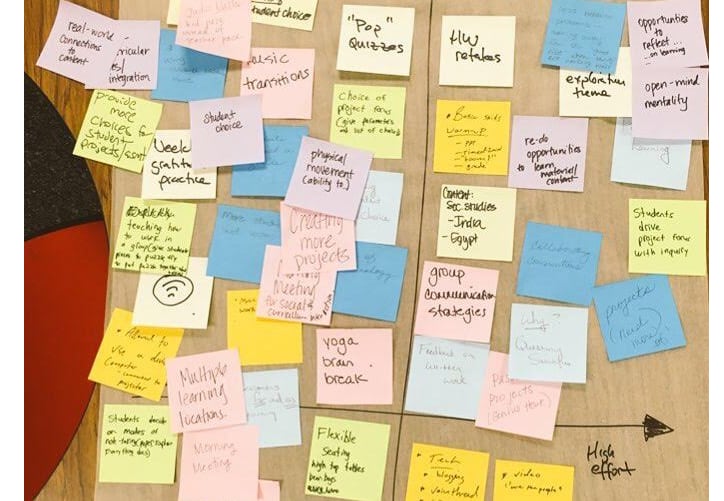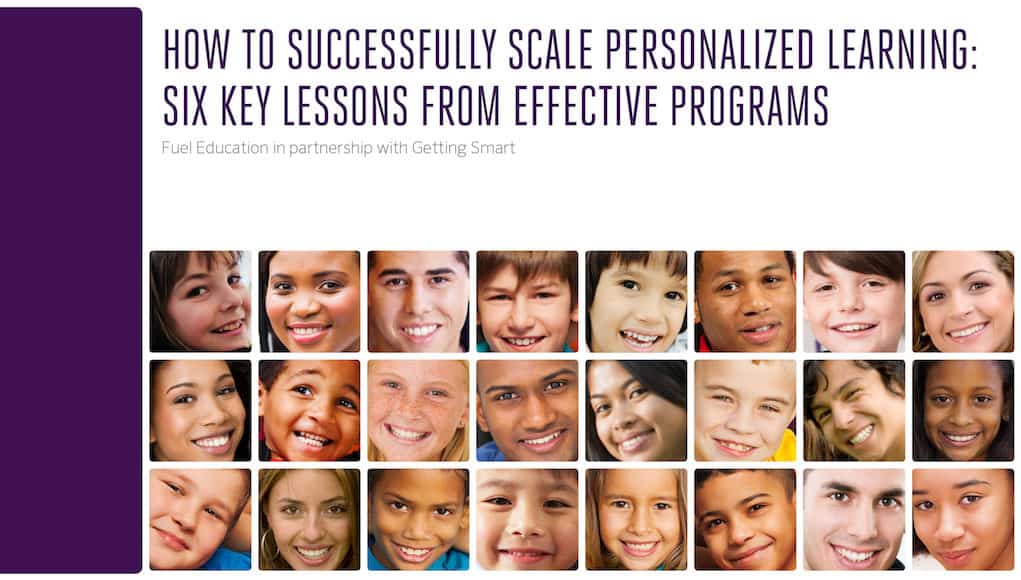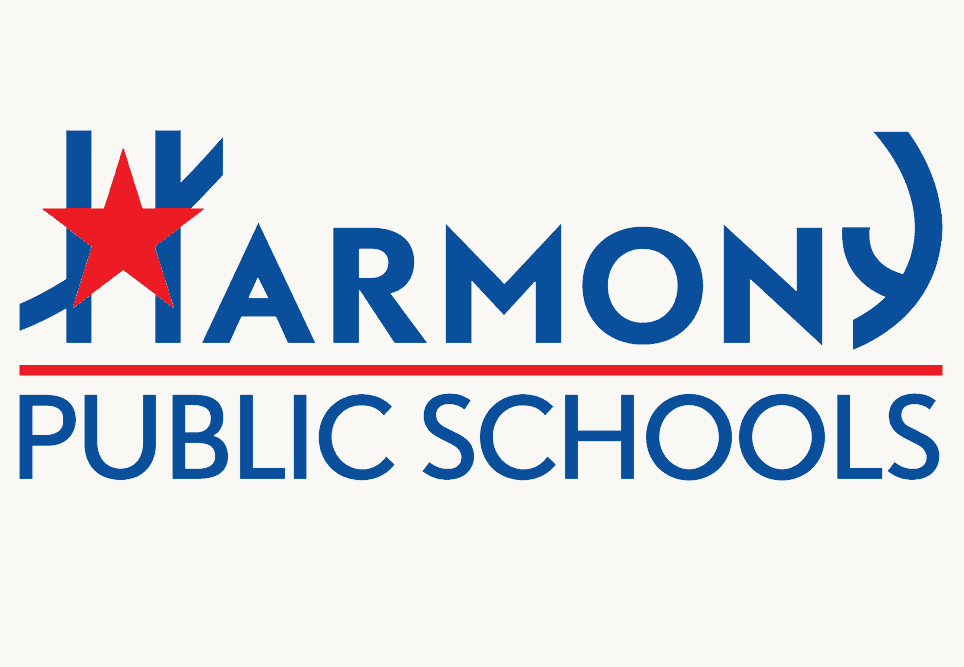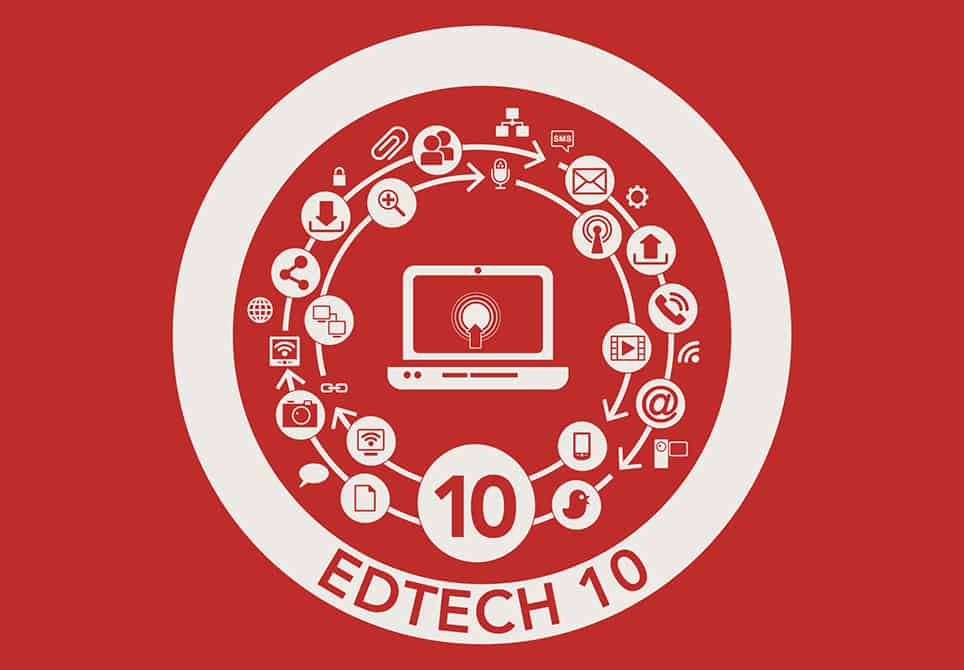7 Key Findings From the Babson Online Report Card
This post presents some highlights from Online Report Card - Tracking Online Education in the United States, the thirteenth (and final) annual report on the state of online learning in U.S. higher education.
Defining and Differentiating Personalized Learning, Blended Learning and Competency Education
iNACOL has taken steps to define key terms in the field to generate shared meaning and challenge misconceptions and misunderstandings. 'Mean What You Say: Defining and Integrating Personalized, Blended and Competency Education' describes terms and their key nuances in greater detail.
Interaction With Digital Content: 5 Actions to Look For In Your Students’ Online Experience
If your digital curriculum is simply digitizing your textbook, then you are missing out on the opportunity for genuine personalization, active engagement and increased outcomes. Watch for these 5 verbs that signal active engagement in the online experience.
Using UX Principles for Designing Curriculum
Just as UX designers design apps to be easy and pleasing to use, we can design our course experiences in ways that facilitate student learning most effectively using the “LEMErS” principles. It is more apparent than ever that we should build our curricula around story, which is one of the central tenets of good UX design.
How to Successfully Scale Personalized Learning: Six Key Lessons from Effective Programs
In a white paper by Fuel Education™, in partnership with Getting Smart®, we explore personalized, online, and blended learning at scale.
Realizing the Potential of Blended Learning: Beyond Personalized to Active Learning
This paper is designed to highlight how the intersection between active and personalized learning yields an engaging and relevant experience that increases student achievement and address the common misconception that active learning is only “hands-on offline,” and personalized learning stays “online.”
Next-Gen Personalized Learning for ELL Students
Personalized learning for ELL students is happening across the country. What's working for the diverse needs of ELL students? And what gaps are present? Join Getting Smart as we investigate this topic using the #SupportELL hashtag, and join in the conversation by: 1. Sharing your guest blog with us or 2. Tweeting to us your favorite ELL tool, tip or strategy using #SupportELL.
It’s Time to Raise the Level of Education Debate in the US
By: Matt Williams. It’s time to discuss how to best educate our students for life beyond high school as they enter an ever-changing, increasingly innovative, interconnected workforce where many of their future jobs have yet to be created.
11 Key Elements of Learner-Centered STEM
The largest network of STEM schools in the country, Harmony Public Schools, is a pathway to college for youth from low income families--especially if they are interested in careers in science, technology, engineering and math (STEM). Here are eleven important elements of the Harmony school model that can inform a shift to Learner-Centered STEM in your school or district.
EdTech 10: 20 Years from Now, Learning Will Look Like This
This week’s EdTech 10 is inspired by the predictions and energy from the voices and positivity generated from our exploration of what learning will look like in the year 2035.


